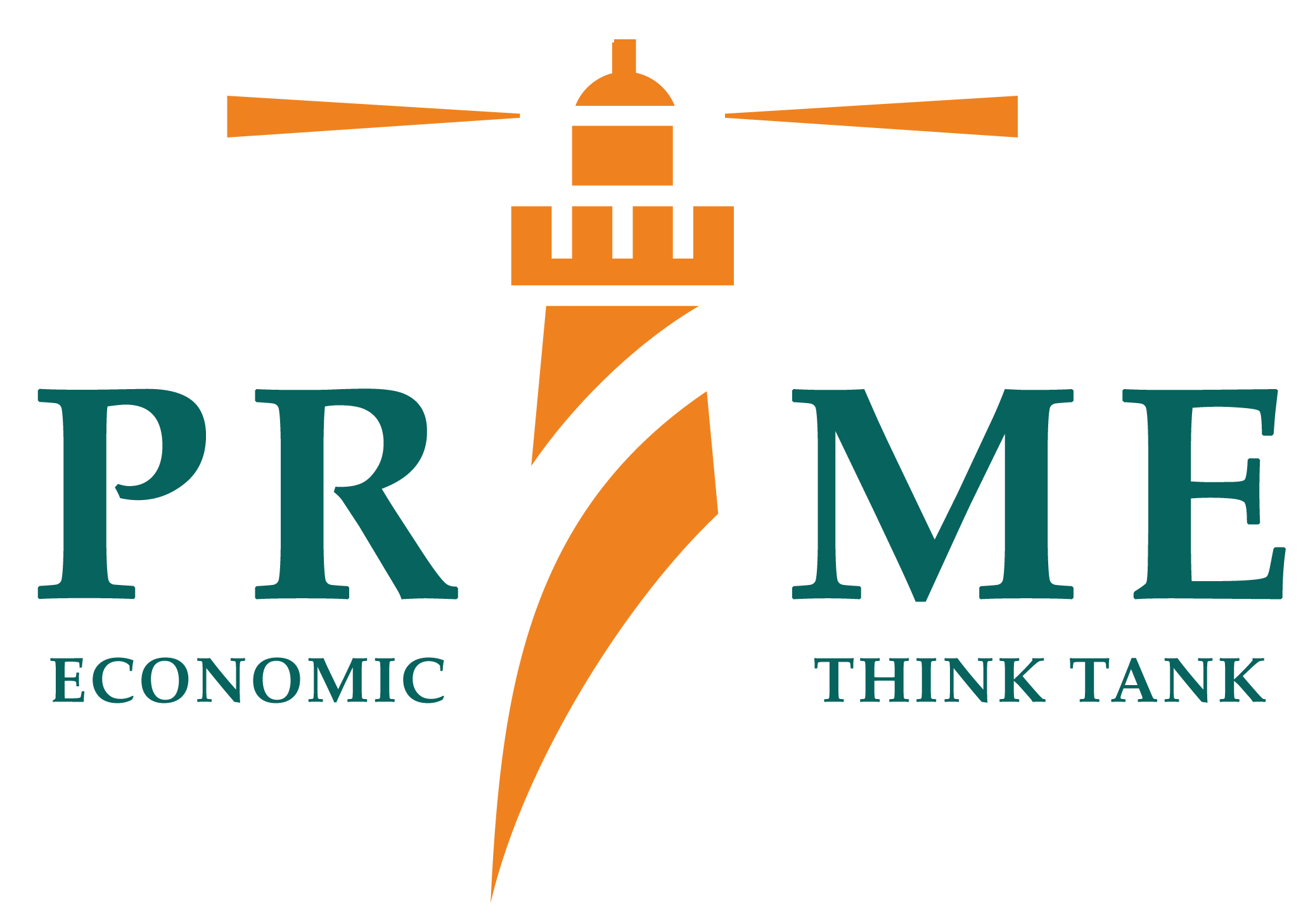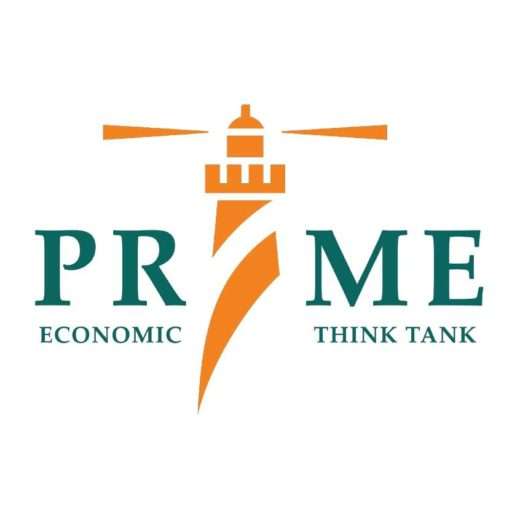This country note examines the responses of public and private sector stakeholder to an increase in maximum residue limits (MRL) on agricultural products imposed by the EU. MRL indicates the permissible limit of traces of pesticides left on agricultural products which are intended for food or animal feed. These limits are fixed and regulated by the European Commission. These MRL were revised upwards in January 2018. The revision affected a wide range of product groups comprising citrus fruits, tree nuts, pome fruits, stone fruits, berries and small fruits, cereals, spices, vegetables and sugar plant.
This note gives an overview of the current situation in Pakistan based on the data collected from government institutions as well as the responses of public and private sector stakeholders. It aims to inform the discussion at the first forum of the South & South East Asian (S&SEA) delegates under the “Geneva MSMEs Connection” project organized by CUTS International, Geneva.This study uses a mix methodology. It draws upon interviews of exporting firms[1] and discussion with the representatives of Customs administration, the Department of Plant Protections (DPP), and Rice Exporters Association. These two agencies, Pakistan Customs and DPP, are responsible for implementing the standards on exports and imports. The study also benefits from the analysis of export data of these restricted products for the recent period, starting from 1-1-2017 to 30-4-2018.
The analysis finds that Pakistan’s exporting firms and implementation agencies, by and large, are familiar with the requirement of residue limits and take appropriate measures, such as testing of products and issuance of certificates to this effect. Pakistan exports MRL-related agricultural products to 21 EU countries, although EU is not major export destination of these products. The most important export destinations within the EU are United Kingdom, Germany and Italy. Firms exporting to these markets do not seem to face any particular difficulty in meeting these standards; however, they are concerned about the operational issues, such as cost of testing, delays in certification and the lack of timely provision of the information.
To read more, download the file:


